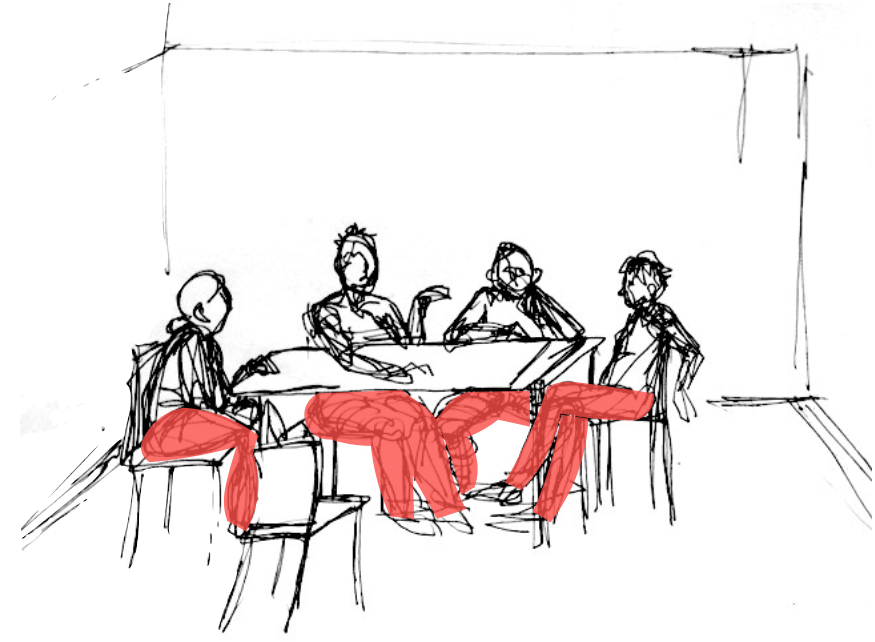
LONDON / VIENNA, 19 November 2018 – Sophie Skach experiments with electronic textiles. She tries to find out what data on human social behaviour can be obtained from clothing – and how this knowledge can be used in a meaningful way. Since 2015, the Austrian PhD student has been part of the newly established interdisciplinary research group Cognitive Science and Performative Wearables at the Queen Mary University of London. She is the team’s textile expert. Her colleagues are cognitive scientists, psychologists and music technologists.
“Until now, body data have been measured using gadgets such as bracelets and necklaces. Textiles are easier – and part of the human environment – to find in carpets, furniture, clothing, ….. The use of electronic textiles as an interface between the analogue and digital worlds is therefore obvious,” Skach explains.
Analysis of human body language and gestures
In the cognitive sciences, textiles are a new medium and should open up a new field of research. It is about social aspects that manifest themselves in human body language and gestures. Conventional measurement techniques for collecting motion data are cameras or Motion Capture Systems. The integration of sensors in textiles simplifies the collection of data. New in Skach’s work is the information on social interaction.
[metaslider id=158566]
The analysis of human body language and gestures should provide opportunities to positively influence social interaction. Skach: “Technology can enrich the interaction between people. Clothing that knows whether someone is talking a lot or a little, whether someone is nervous or anxious, can give the other person in conversation clues to which they can respond.”
Systematic access to knitted integrated sensors
Skach wants to develop a systematic access to the knitting sensors in the laboratory and find out which sensors are suitable for which materials. She works with conductive materials and experiments with metallic fibres, such as a yarn containing 20% steel and a yarn equipped with silver foil. She connects the material to a microchip and tests various things she records in the programming, such as electrical resistance.
The sensors respond to the body and environmental impulses by documenting them. For trousers, for example, this may be the way a knee stretches when it bends.
Collaboration with call analysts
In her first project, she weaved pressure sensors into the fabric of armchairs. The aim was to measure the movements that were carried out and to draw conclusions about the social roles and the distribution of power of the interlocutors. In the recordings of the pressure sensors, a distinction can be made between talking, laughing and listening signals. Nodding one’s head, for example, counts as a listening signal. Each action is accompanied by a certain distribution of pressure on the surface of the chair.
In the interpretation of body language and gestures, Skach works together with ‘discussion channelists’. The content of the conversation and the identity of the persons are not included in the analysis. This guarantees privacy.
In a second project, she developed trousers with integrated pressure sensors programmed for touch and self-touch. The data collection should show whether actions such as crossing legs or putting your hand on your knee say something about social behaviour.
The feeling trousers
The trousers are to be considered as a conductive knitted textile that acts as a pressure sensor. A three-layer system produces a ten times ten grid. The horizontally placed sensors form one layer, the vertically placed sensors the other. In between lies an equally conductive layer covered with carbon.
The measurement of the electrical resistance begins when a physical movement presses the material or causes a deformation of the material. The stronger the pressure or deformation, the lower the resistance.
Microchip and battery are attached to the wearer’s bracket. Each sensor or strip of the grid is connected to the chip. It measures the electrical resistance of the pressure sensors and stores this data.
About Sophie Skach
Skach (29) acquired her fashion, textile and knitting expertise at the fashion school of the city of Vienna in Hetzendorf Castle. After three semesters of technical mathematics at Vienna University of Technology, she switched to Linz University and graduated with a bachelor’s degree in fashion design. In 2012 she continued her fashion education at the London College of Fashion in the Fashion Design Technology Menswear course. Since 2015, she has been a PhD student at the Queen Mary University of London in the research group Cognitive Science and Performative Wearables.
